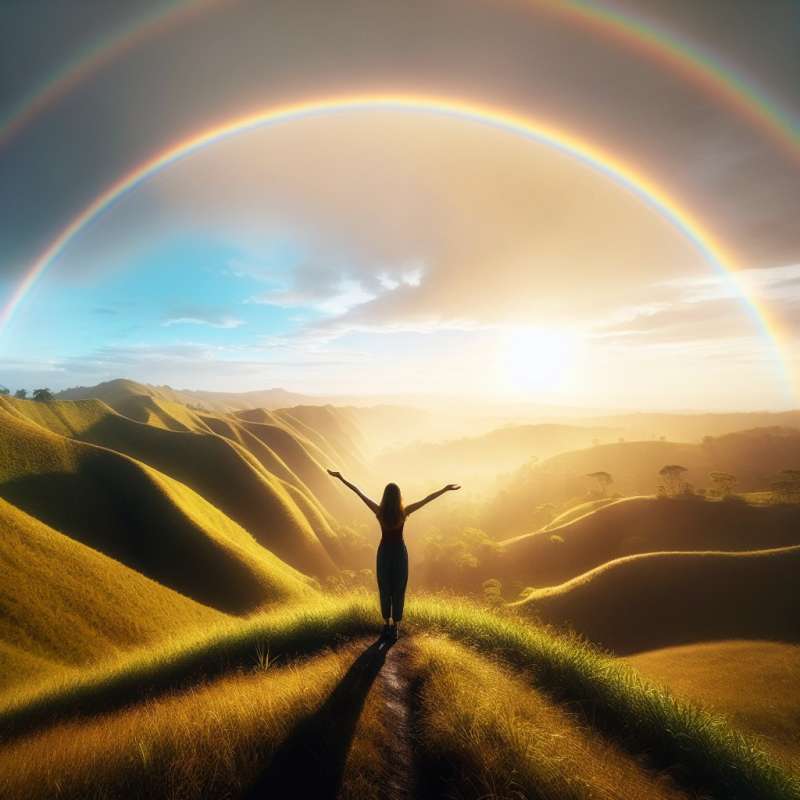
Rainbows: Nature's Spectacle
Rainbows are a meteorological phenomenon, a product of light refraction, reflection, and dispersion in water droplets, resulting in a spectrum of light appearing in the sky.
The Light Refraction Process
When sunlight enters a raindrop, it bends, or refracts, due to the change in medium. This separates the light into its constituent wavelengths, creating a spectrum.
Reflection Inside Droplets
After refraction, the light reflects off the inside surface of the raindrop. This internal reflection causes angles and intensities of light to vary, producing different colors.
Dispersion: Spectrum Emerges
As light exits the droplet, it refracts again, and the dispersion widens, enhancing the spectrum's separation and giving rise to the rainbow's distinct bands of color.
Circular Rainbows Unveiled
Rainbows are actually full circles. Observers on the ground see only an arc because the Earth's surface obstructs the lower part. From high altitudes, the full circle can sometimes be seen.
Color Order Explained
The color sequence of a rainbow is always the same because each color refracts at a different angle. Red is at the top because it refracts least, violet at the bottom, refracting the most.
Double Rainbows' Secret
Double rainbows occur when light is reflected twice inside water droplets. The second arc has reversed colors and is fainter. This phenomenon is rarer and often considered a spectacular sight.
What initially causes a rainbow's formation?
Raindrop reflection only
Sunlight refraction in droplets
Dispersion in air
Company